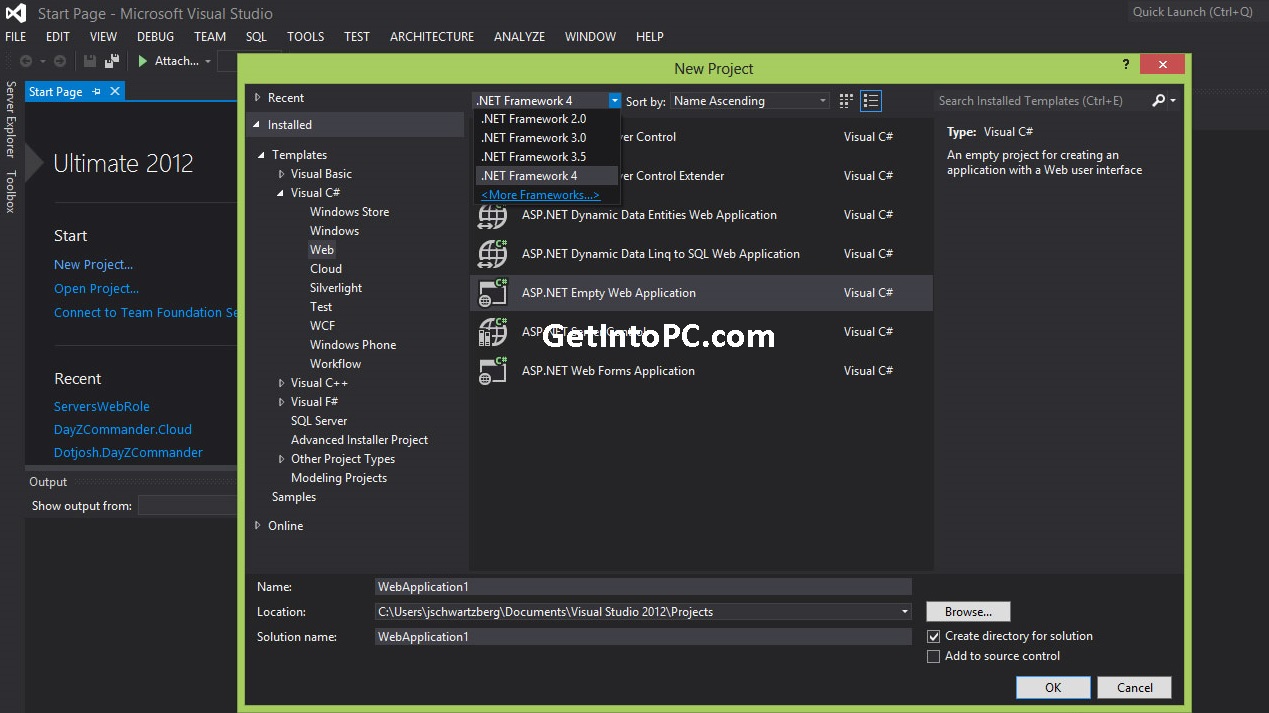
The example below uses the Windows batch language to make use of tokens like %~dp0 which provides the parent path to the batch script. You can use any batch or scripting language you like so long as it is already supported on target machines. Next you’ll be creating a batch install that will first install Visual Studio 2010 RTM followed by SP1.


Creating a network or local imageįirst you’ll be creating copies of the Visual Studio 2010 RTM and SP1 installations that you can share out or install locally. This has the added benefit that if any files are missing from the target machine, they should be reinstalled without a prompt for source during the SP1 install. This will work for existing installations of VS 2010 since setup will simply repair the product if it’s already installed. You’ll create a distribution point that will contain both Visual Studio 2010 RTM and SP1.

How to: Create and run an unattended Visual Studio with SP1 setup I encourage you to review that before proceeding with the following instructions, particularly how to avoid restarts during setup by pre-installing certain packages like Windows Installer 4.5 and. With the release of VS2010 RTM we already published the Visual Studio Administrator Guide that documents a lot of the instructions I’ll utilize below.

Now that Visual Studio 2010 SP1 has been released, administrators and developers may wish to install both RTM and SP1 together for a seamless experience.


 0 kommentar(er)
0 kommentar(er)
